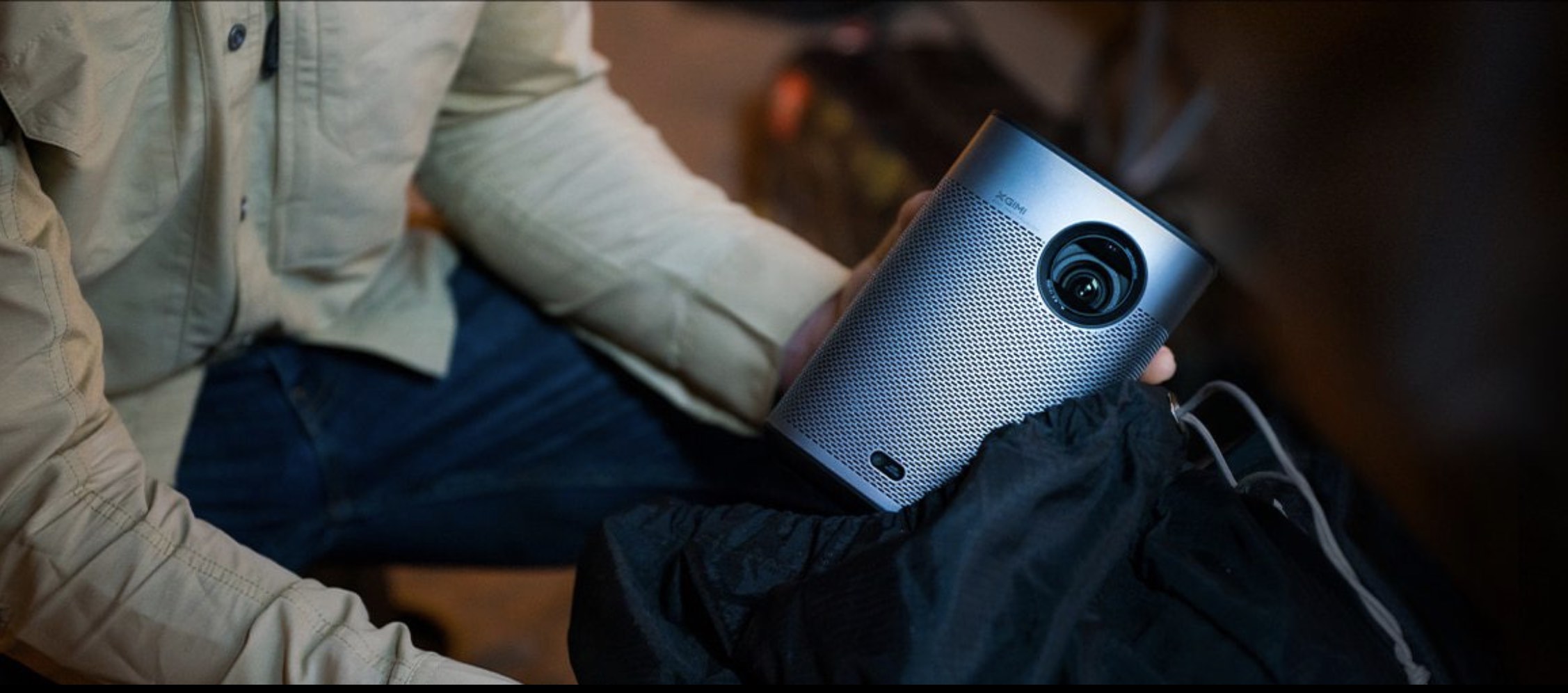Back when I sold televisions for a living, one of the most common questions I got from enthusiasts was what did the future hold. Full disclosure, I rarely had any kind of inside information. I might’ve heard some rumblings of a new size, vague comments on a future feature or something that never happened for one reason or another. Still, you get a sense of trends. One brand was trying to reduce costs by removing features, another clearly liked expanding in a specific area and so forth. Every generation had a healthy mix of better, worst and practically the same that you often need to experience both to actually know the right path.
These were my thoughts going into Halo+. It sounded better, not that they ever sound worse, but how that translates is anyone’s guess. And, after usingthem both extensively and side by side, I wanted to give people an idea of which direction to go.
Size, Portability, Build Quality, Remote, Ports
As mentioned in our review of Halo+, XGIMI made no noticeable changes in these areas. To be perfectly honest, if they were next to one another, the only distinguishing change is the auto focus/auto keystone camera location.
As a result, neither are the most portable projector on the market or as XGIMI’s Elfin, but they’re not cumbersome either. I could easily toss either in a bag and bring it to a meeting, game tournament or just to watch a movie outdoors with friends.
The metal body also give both Halo’s a premium look that is sure to attract some attention. Their also both constructed fairly well, meaning you don’t need to be overly careful transporting them. I would suggest some concern, just not to the point where you’re gently moving everything.
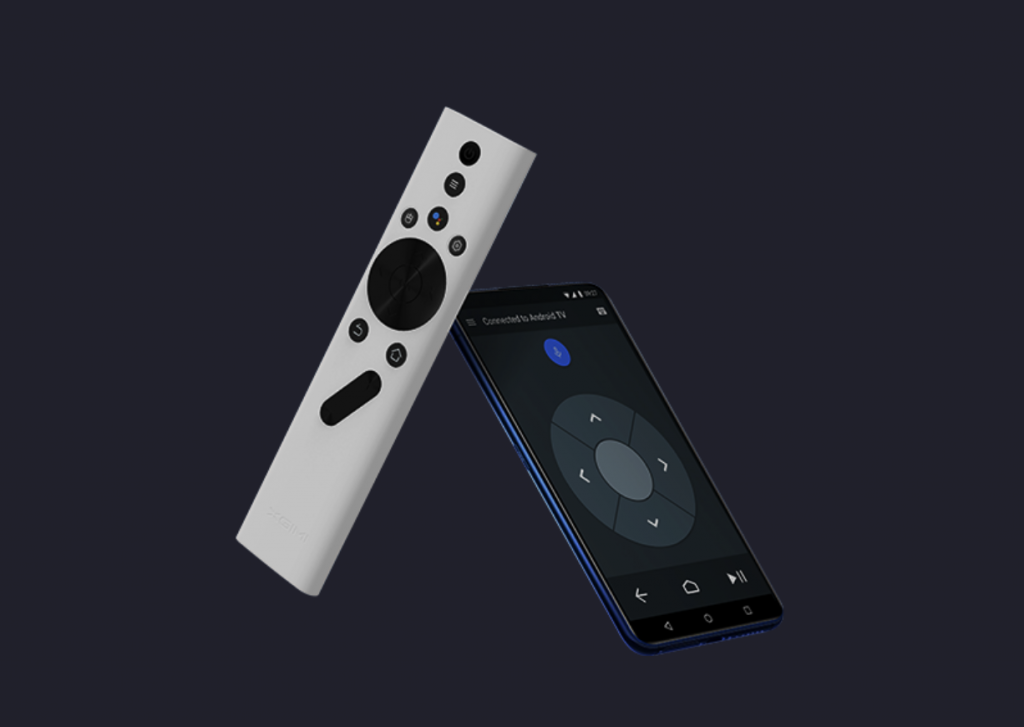
Both remotes feel rather cheap with the only real difference between the two I got was the power button. The one included with Halo was concave, compared to Halo+ featuring a flat surface, making little to no difference. I would say the concave button works better due to it having a distinct feel, though it makes absolutely no difference in the grand scheme.
Ports are exactly the same. There is a USB, 3.5mm, HDMI and power. They also support Bluetooth if you want to connect headphones, speaker or like a controller. No difference in the performance of either though.
Features
While both devices feature Android TV, Halo+ has a number of quality of life improvements.
Halo turns on from an off state in about 50 seconds, with Halo+ getting there in about 41 seconds. Despite both being good times for a projector, XGIMI included fast-boot on Halo+. This puts it in a standby state that decreases the time to a mere 7 or so seconds. Given both feature a battery, this makes Halo+ extremely useful on the go.
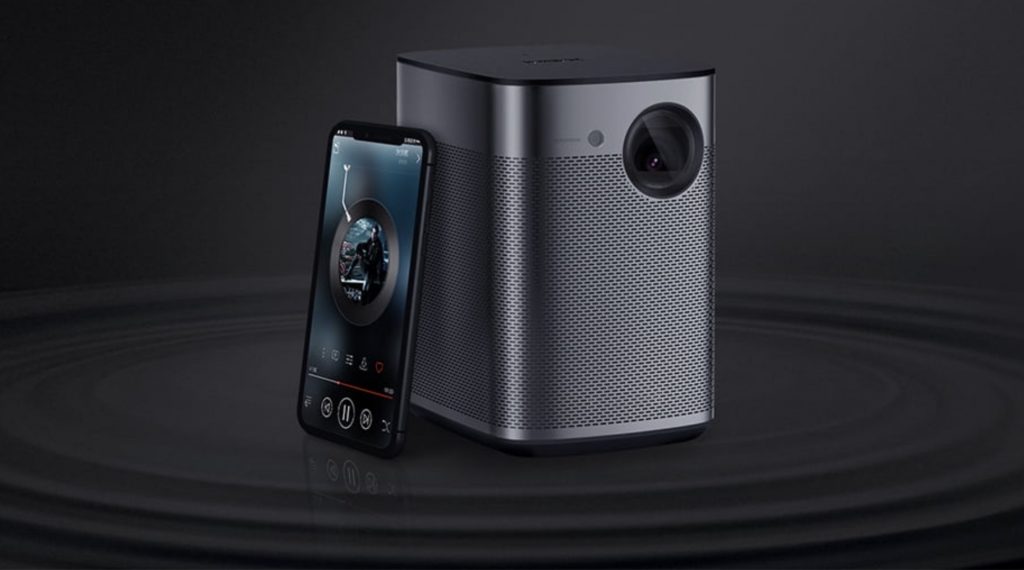
Focusing is another area that favors Halo+. Not only was it typically a second faster, I found it went out of focus less often or at least better corrected long term. This makes it even easier to enjoy your favorite show, movie or game on your terms.
Perhaps my favorite feature, auto keystone correction, is a massive win for Halo+. Even though Halo features keystone correction, it’s a tedious process of adjusting four corners to fit in an given space. It can take a considerable amount of time to do and any change will change the positioning. Halo+ can do it automatically in about 40 seconds. It retains the previous adjustment, meaning if you don’t move it things will remain the same, though it can be changed at any time in seconds.
Picture Quality
Despite Halo+ boasting more lumens, I couldn’t get the picture as bright as Halo. As a result, this makes it a better choice for brighter rooms or outdoors, though the difference is small. For example, neither did particularly well in one of my brighter rooms. At most it makes some scenes pop just a little bit more.
However, brightness is far from the most important aspect in regards to picture quality. With sitcoms, sunny games or just anything that featured a lot of light, Halo typically lost some depth. This ranged from skin tone to throwing off certain scenes. As a test I booted an episode of The Twilight Zone and it looked far more washed out on Halo compared to Halo+.
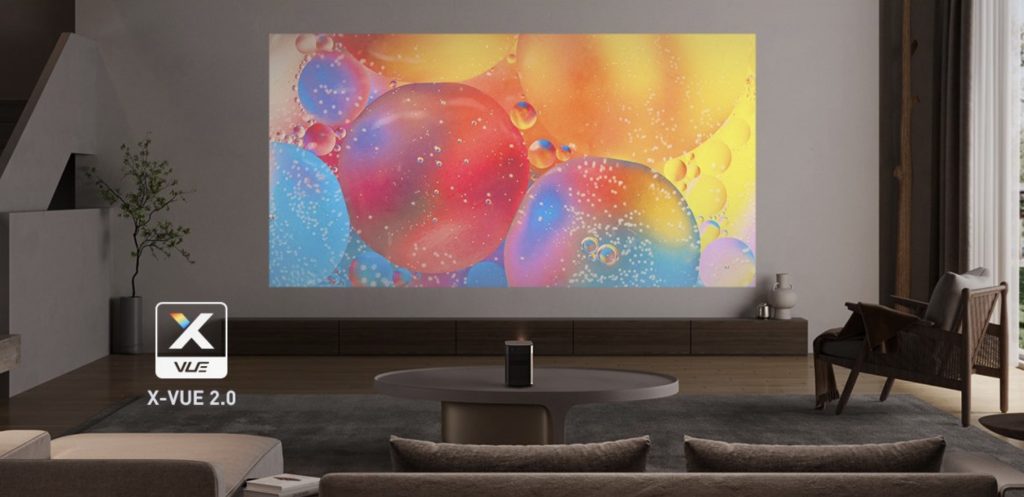
Movies yielded similar results. I got far more natural tones with Halo+, helping immersion immensely. At random I compared them with Skyfall and the difference was clear. The way light radiated, the hotel shined, even the way shadows washed over Daniel Craig were completely different. Mind you, I wouldn’t say Halo is bad, I think with some tweaking it could get there but the zone control just isn’t on the same level when stacked next to Halo+.
Gaming
For the most part, both projectors handled gaming fairly well. Outside of the aforementioned picture quality differences, the biggest difference is input lag. It’s slightly higher on Halo compared to Halo+, about 20 ms more, but how this impacts you will depend on your current source.
I personally use a television with roughly 34 ms, this puts it between the two, and can barely tell the difference. Those use to monitors or significantly lower times will likely favor Halo+ for the shorter delay.
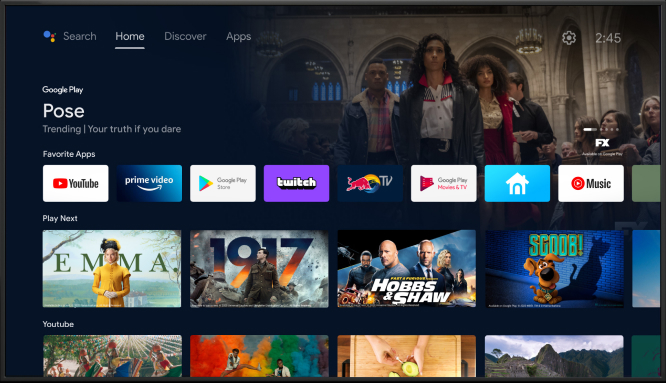
Sound
On paper Halo and Halo+ should sound about the same. Personally, I think Halo+ gets slightly louder, not that it is really an advantage, though both will provide the same base level of performance. I would still suggest a speaker with either to get the full experience.
Verdict
Another thing I commonly heard at my job was people telling me they couldn’t tell the difference when they got home. To be perfectly honest, I’d be happy with either projector if it wasn’t for the quality of life improvements. XGIMI did a great job of improving a product in a way that better matches the experience. With auto keystone making it easier to travel, quick-boot and more options, I think the Halo+ is hands down the better choice.

